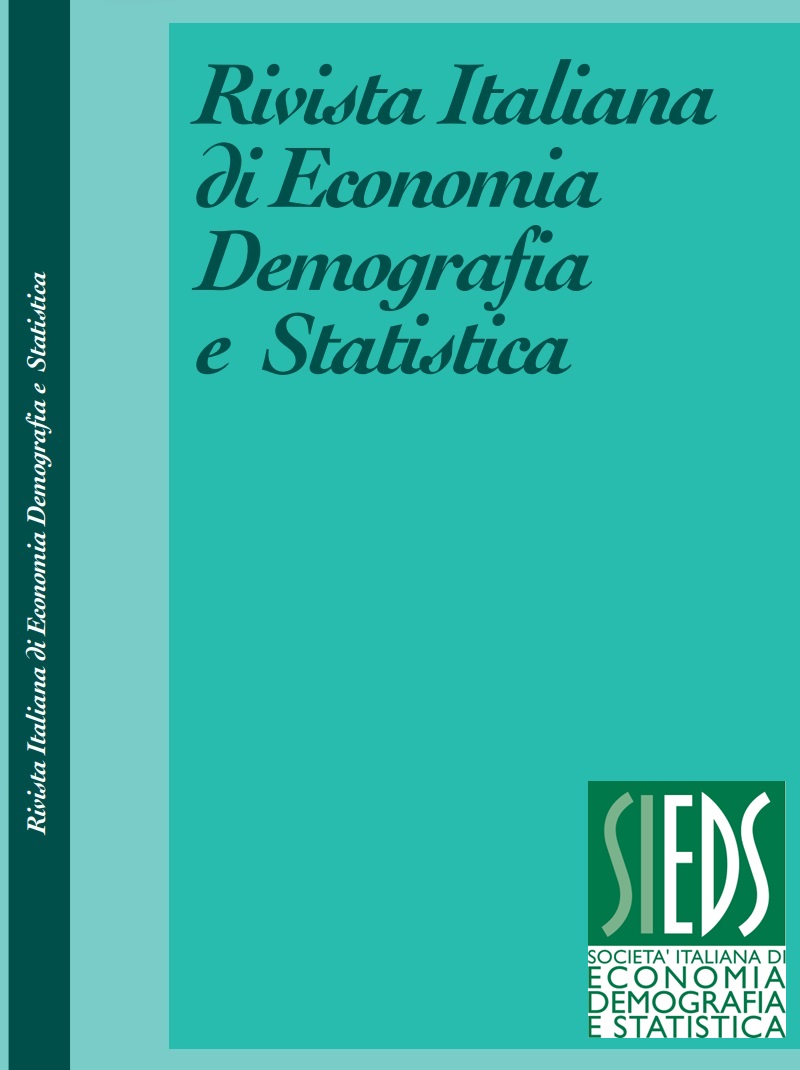Discovering individual profiles from administrative signs of life useful for the estimation of Census results
DOI:
https://doi.org/10.71014/sieds.v78i1.218Abstract
The Italian Permanent Population Census (PPC) produces traditional Census results making use of administrative data integrated into statistical registers and survey data. Specific workflows validate administrative records and integrate data related to the same person, producing a standardized data structure that represents the so-called "signs of life” (SoL), referring to a specific reference date or period. SoL classifications and patterns are key for the Permanent Census strategy, especially for the estimation of the usual resident population: each individual in administrative sources is classified as resident according specific conditions related to Sol profiles. Moreover, quality assessment of Census population counts relies on SoL to design an audit survey. SoL can also significantly contribute to estimating thematic aggregates, adding new dimensions to what is collected with the census questionnaire. In this context, continuous evaluation and improvement of SoL classifications are essential. The availability of data from the initial waves of PPC provides a valuable opportunity for experimentation to uncover individual patterns by studying the statistical association between survey responses and the SoL of the same person. In this work, we present the initial results from pattern recognition to evaluate SoL profiles. The data used are derived from the integration of survey data collected in 2021 with administrative SoL for the corresponding year. Multiple Correspondence Analysis and Clustering are employed for an exploratory analysis. Subsequently, a supervised classification tree is used, with the response to the survey as the target variable, and SoL classification is considered among the independent variables. Some patterns and relevant features emerge and point out specific groups of interest as well as issues than call for further analysis and improved SoL classification.
Downloads
Published
Issue
Section
License
Copyright (c) 2024 Antonella Bernardini, Angela Chieppa, Tiziana Tamburrano

This work is licensed under a Creative Commons Attribution 4.0 International License.



